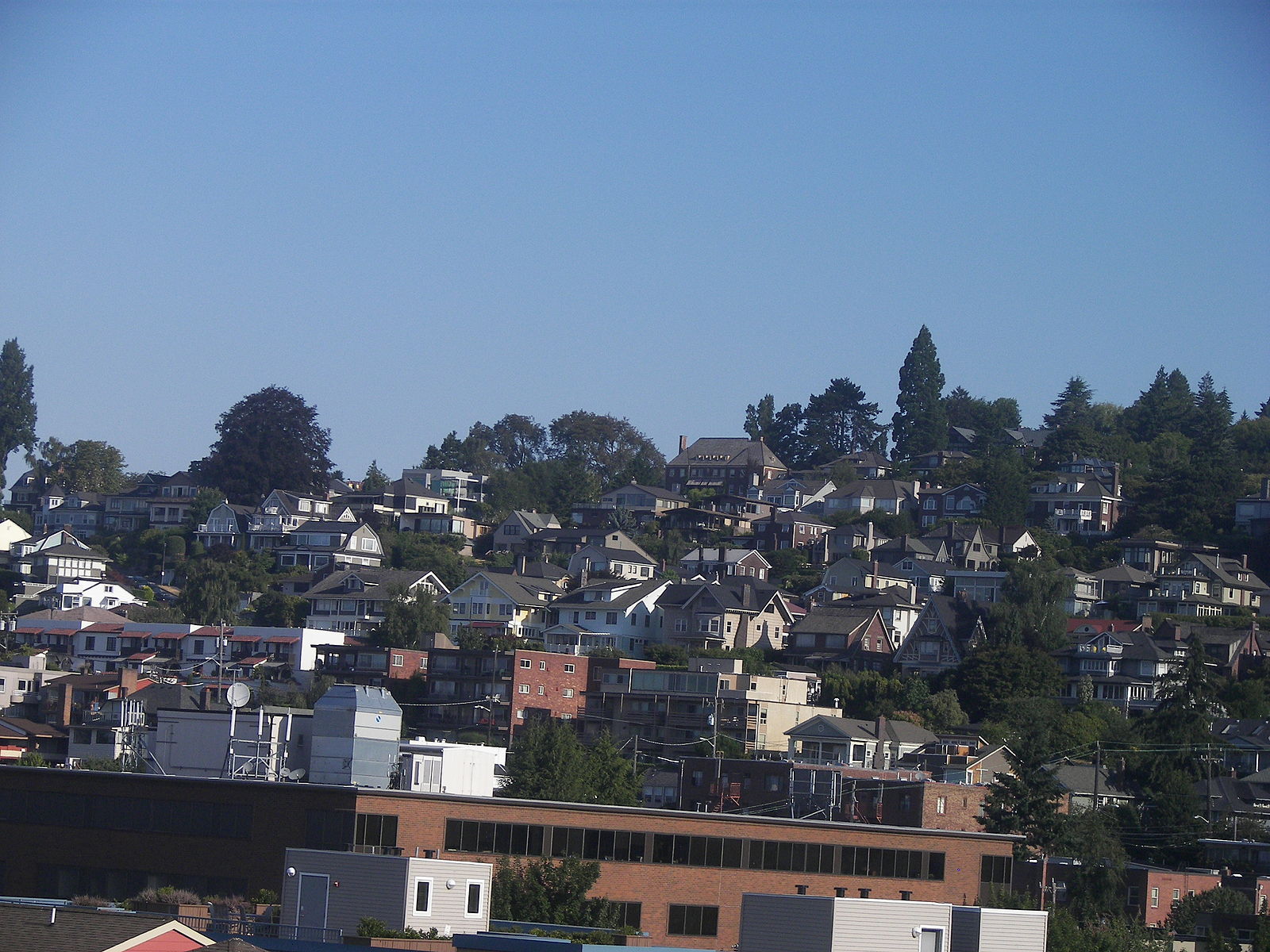Funded by the Bill and Melinda Gates Foundation, William T. Grant Foundation, Overdeck Foundation, and Spencer Foundation.
Background
The Creating Moves to Opportunity (CMTO) project is an ongoing collaboration between researchers and public housing authorities (PHAs) to introduce and evaluate interventions to help low-income families move to higher-opportunity neighborhoods, reduce residential segregation, and increase upward mobility.
Although the US spends $20 billion annually on the Housing Choice Voucher program, more than 80 percent of vouchers are used in moderate- or high-poverty neighborhoods. Supported by non-profit housing practitioners, housing advocates, foundations, and government partners, researchers and public housing authorities are working together to test programs designed to help families who receive Housing Choice Vouchers move to higher-opportunity neighborhoods.
Neighborhoods matter for the well-being of residents. Research has shown that moving from lower-opportunity neighborhoods to higher-opportunity neighborhoods improves later-life outcomes for children whose families move and may reduce the intergenerational persistence of poverty.
PROJECT GOALS
The primary purpose of this project is to understand how to facilitate moves to better neighborhoods. The two primary outcomes of interest to the research team are: 1) the number of moves to opportunity neighborhoods made by families, particularly those with younger children, and 2) how long families stay in those neighborhoods.
The Seattle Housing Authority and King County Housing Authority are partnering with researchers to evaluate whether mobility services are effective at encouraging families with children to move to higher-opportunity neighborhoods. Families applying for Housing Choice Voucher Program assistance that choose to participate in the study are randomly assigned to one of two research groups. Those assigned to receive CMTO services are offered the mobility services including rental application coaching, opportunity area education, housing search assistance, and flexible financial assistance; while the other group are offered a Housing Choice Voucher and all standard services offered by the housing authorities.
Preliminary results from the first year of the ongoing evaluation demonstrate that the suite of CMTO services are effective in helping families move to high-opportunity areas. Fifty-four percent of families in the CMTO services group chose to move to high-opportunity areas, compared to 14 percent of families in the standard services group. These preliminary results suggest that many low-income families are concentrated in areas of lower opportunity because of barriers that prevent them from moving to higher-opportunity areas, rather than preferences for living in areas with lower opportunity. The project is currently evaluating whether families will persist in their new neighborhoods.
The second year of the study will test new iterations of the existing services to determine whether different approaches to service delivery will be more or less effective in supporting moves to areas of higher opportunity.
News Coverage
New York Times – "The Cities We Need"
New York Times – "Liberals for Inequality: The Meaning of a Seattle Experiment"
New York Times – "A Better Address Can Change a Child's Future"
NPR – "In Seattle, A Move Across Town Could Be A Path Out Of Poverty"
Vox - "America has a housing segregation problem. Seattle may just have the solution"
CityLab - "How a Section 8 Experiment Could Reveal a Better Way to Escape Poverty"
Opportunity Starts at Home - "The Qualitative Research Behind Opportunity Vouchers"
Publications
DeLuca, Stefanie, and Jang‐Trettien, Christine. September 3, 2020. “Not Just a Lateral Move”: Residential Decisions and the Reproduction of Urban Inequality. City & Community, Volume 19, Issue 3, Pages 451-488. https://doi.org/10.1111/cico.12515
Bergman, Peter, Raj Chetty, Stefanie DeLuca., Nathaniel Hendren, Lawrence Katz, & Christopher Palmer. 2019. “Creating Moves to Opportunity: Experimental Evidence on Barriers to Neighborhood Choice.” NBER Working Paper 26164. National Bureau of Economic Research, Cambridge, MA. DOI:10.3386/w26164
